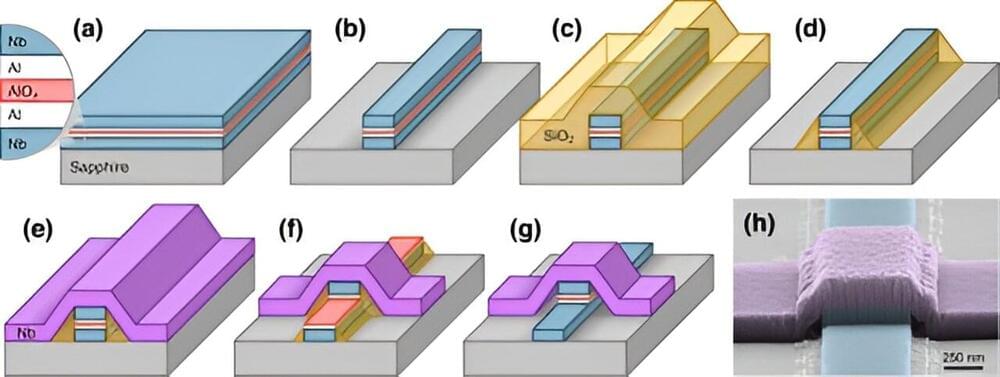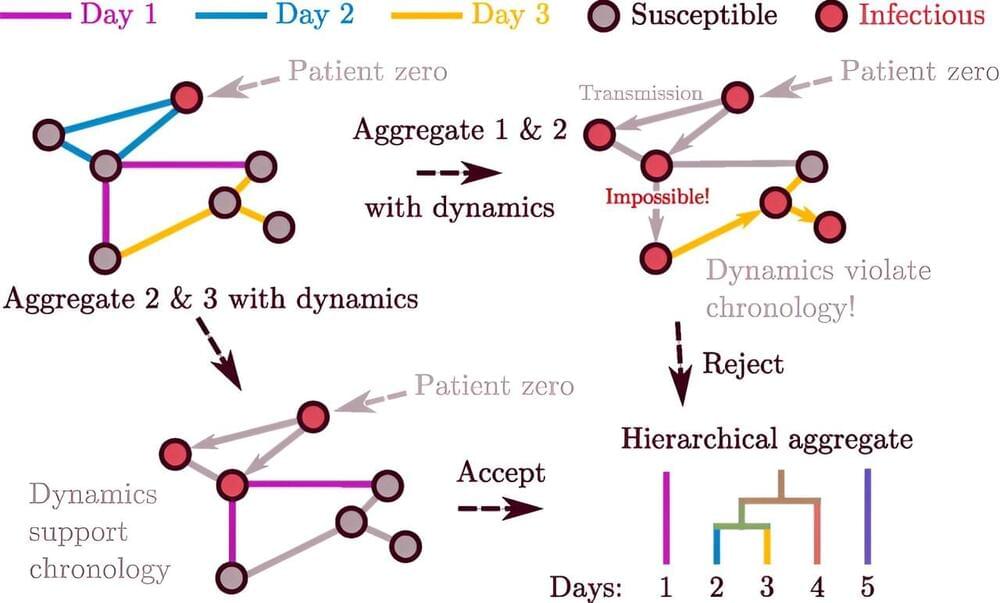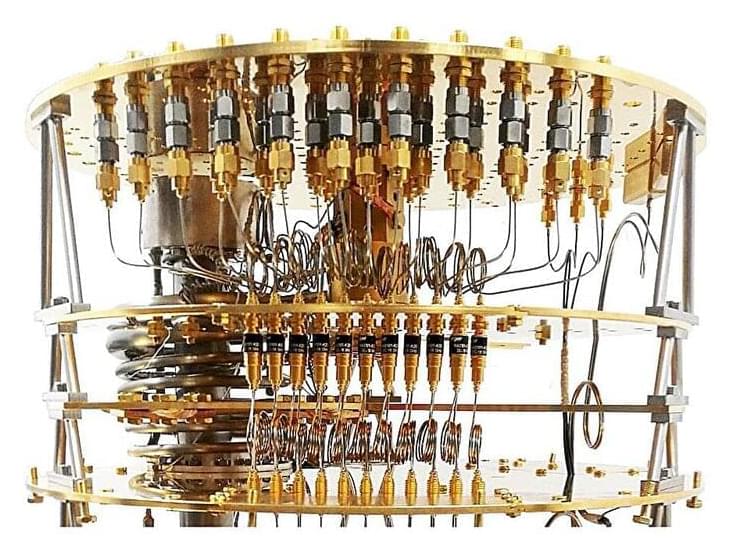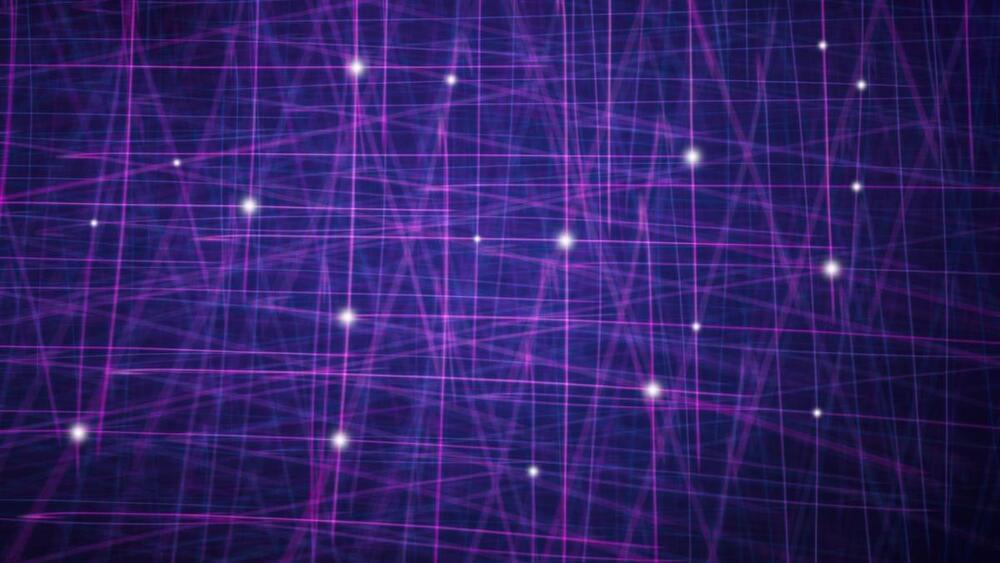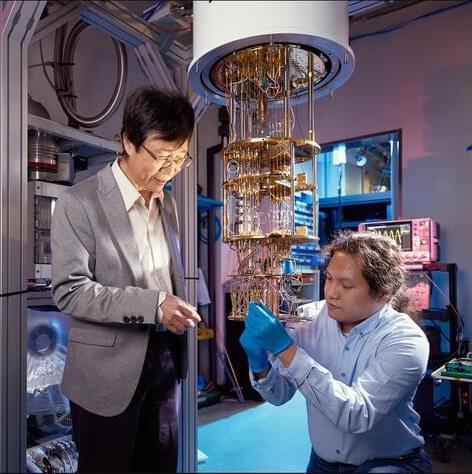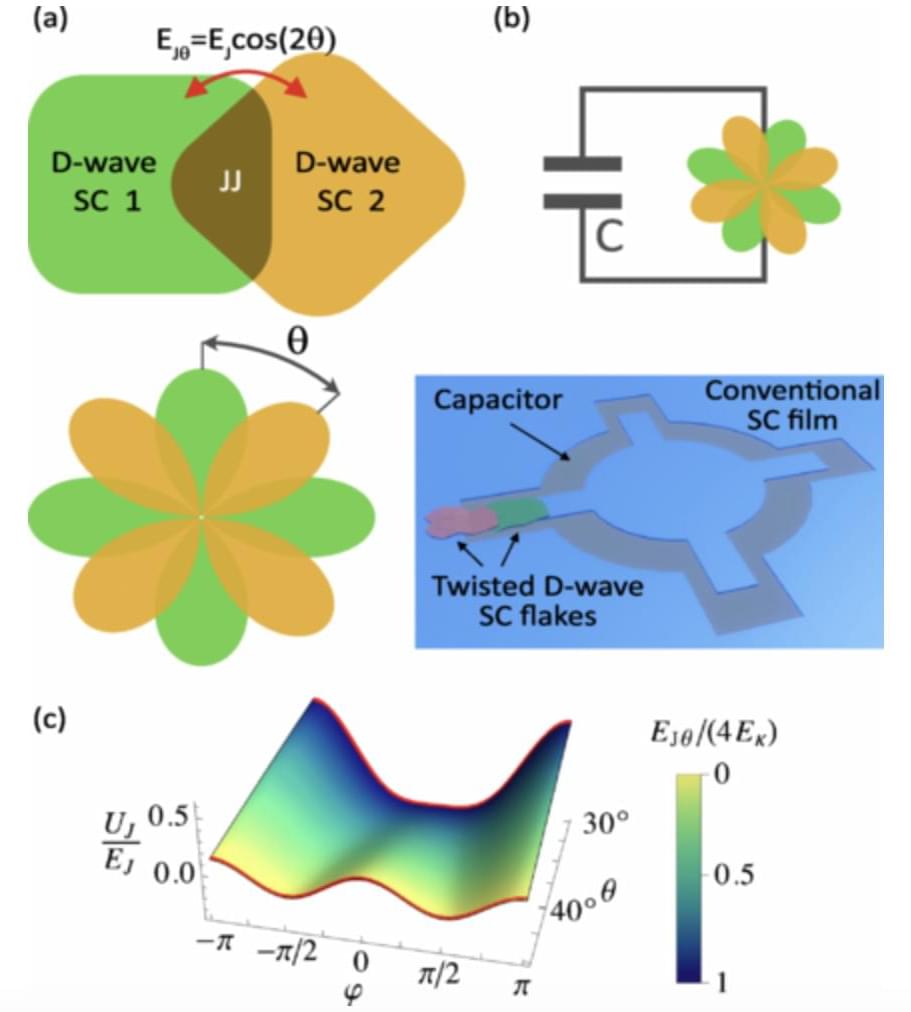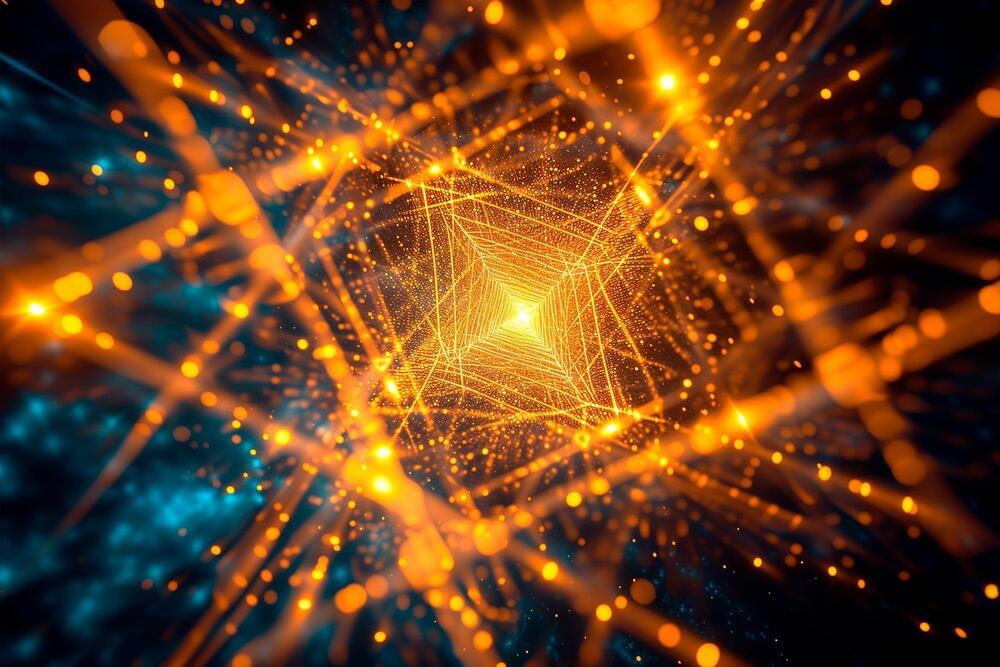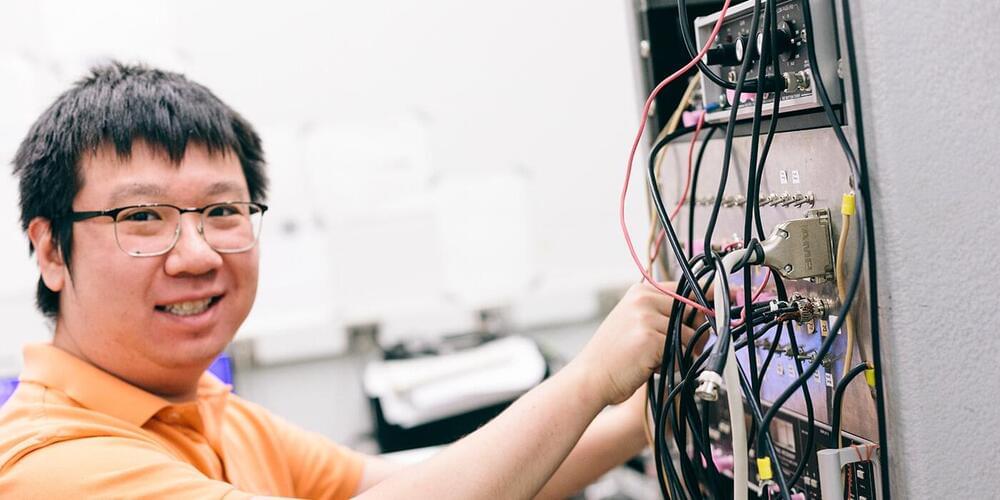
If the fractional quantum Hall regime were a series of highways, these highways would have either two or four lanes. The flow of the two-flux or four-flux composite fermions, like automobiles in this two-to four-flux composite fermion traffic scenario, naturally explains the more than 90 fractional quantum Hall states that form in a large variety of host materials. Physicists at Purdue University have recently discovered, though, that fractional quantum Hall regimes are not limited to two-flux or four-flux and have discovered the existence of a new type of emergent particle, which they are calling six-flux composite fermion.
They have recently published their groundbreaking findings in Nature Communications.
Gabor Csathy, professor and head of the Department of Physics and Astronomy at the Purdue University College of Science, along with Ph.D. students Haoyun Huang, Waseem Hussain, and recent Ph.D. graduate Sean Myers, led this discovery from the West Lafayette campus of Purdue. Csathy credits lead author Huang as having conceived and led the measurements, and having written a large part of the manuscript. All the ultra-low-temperature measurements were completed in Csathy’s Physics Building lab. His lab conducts research on strongly correlated electron physics, sometimes referred to as topological electron physics.

